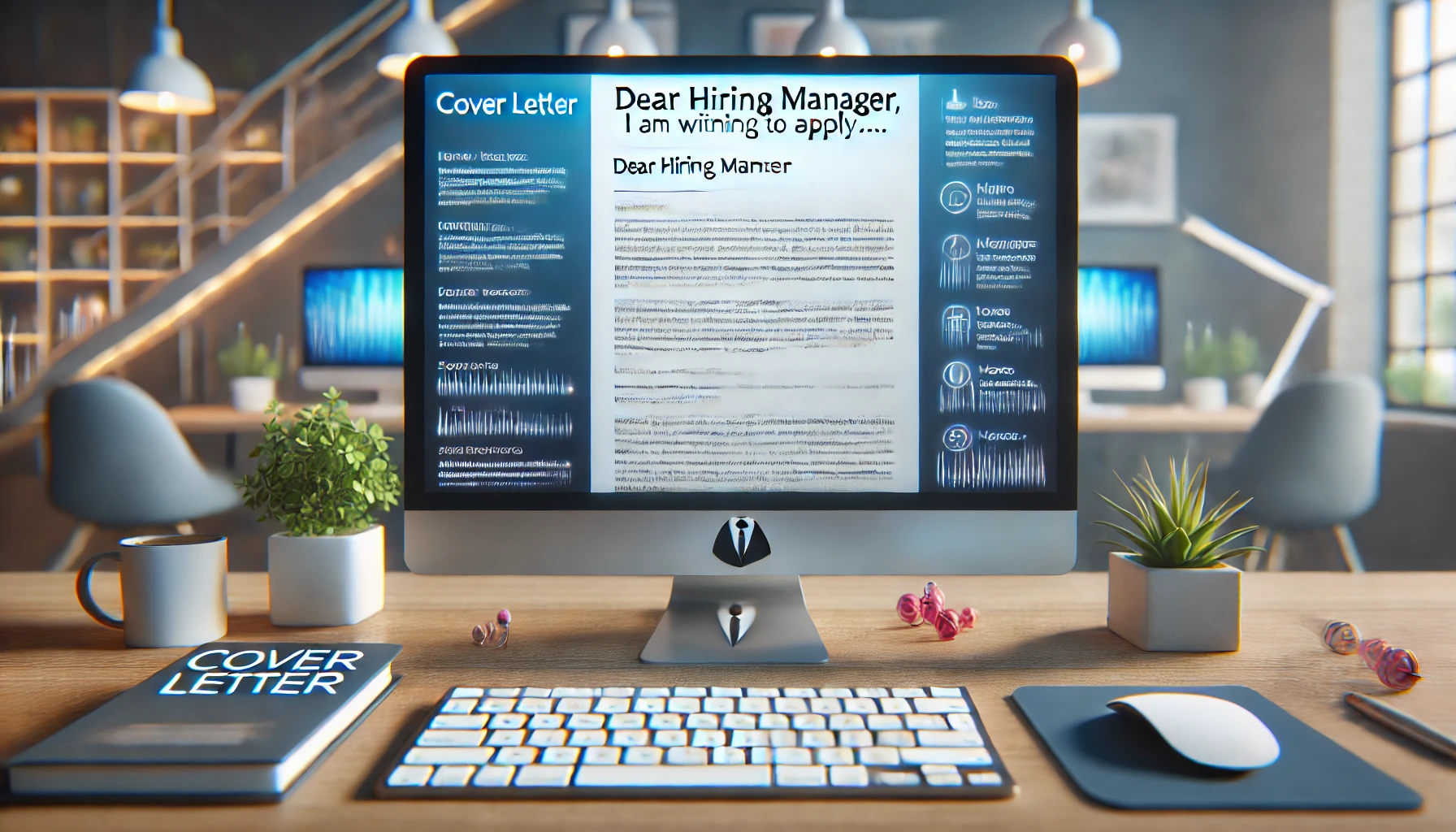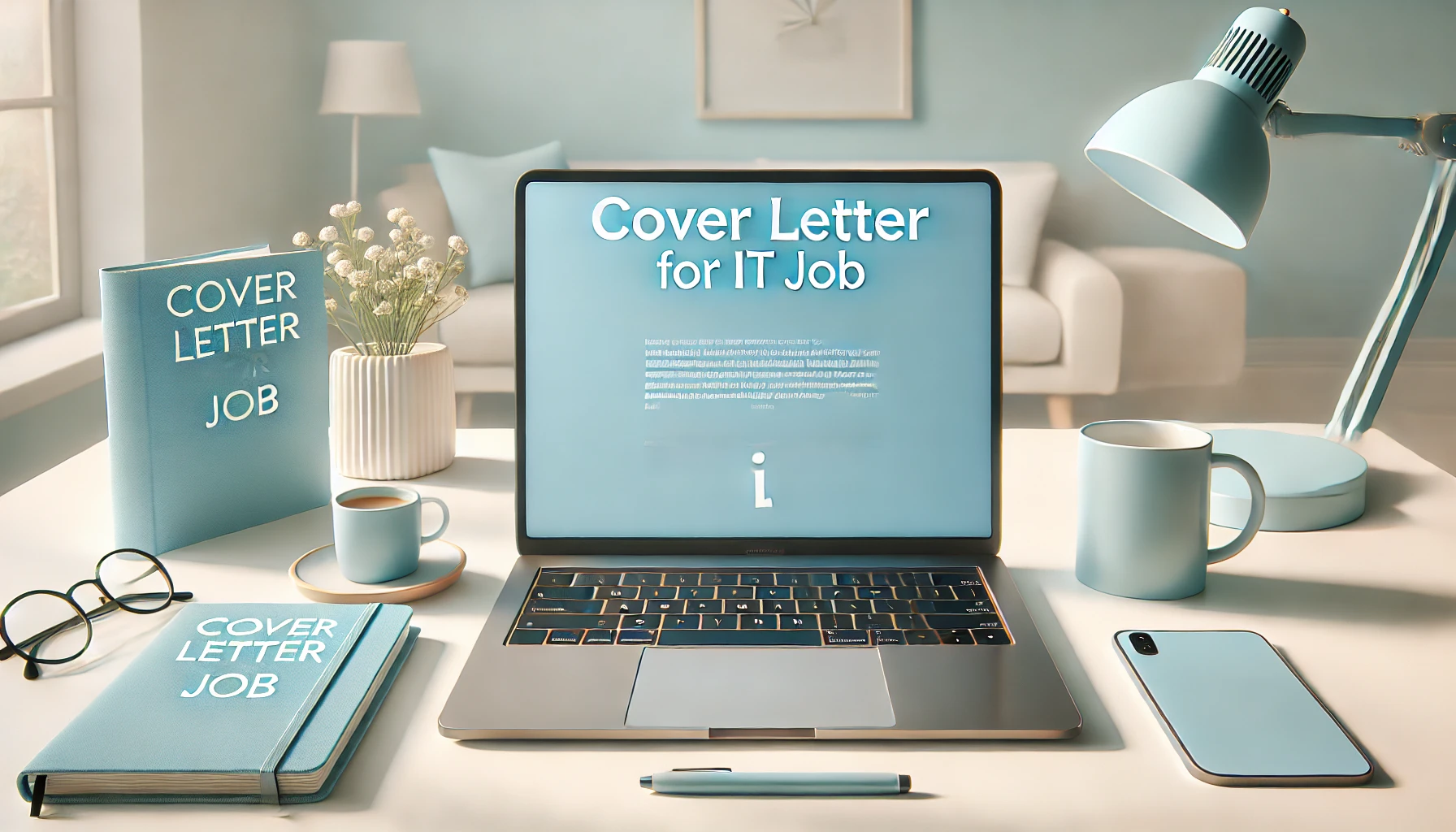How to Craft a Perfect Cover Letter for IT Jobs

Introduction
In the competitive field of IT, where technical skills and experience often take center stage, a well-crafted cover letter can serve as a powerful differentiator. It provides candidates an opportunity to articulate their unique qualifications, convey enthusiasm, and demonstrate how their skills align with the specific needs of a prospective employer. A strong cover letter not only complements a resume but also helps to build a narrative around the applicant's career trajectory and professional aspirations.
This article aims to demystify the process of writing an impactful cover letter for IT jobs. By offering a step-by-step guide, we will explore how to effectively highlight your technical expertise, showcase your problem-solving abilities, and tailor your message to resonate with hiring managers. Whether you're a seasoned IT professional or a newcomer to the field, this guide will help you craft a cover letter that captures attention and sets you apart in a crowded job market.
Understanding the Role of a Cover Letter
A cover letter complements a resume by providing context and depth to the information presented in your resume. While a resume typically lists your qualifications, experiences, and skills in a structured format, a cover letter allows you to elaborate on specific accomplishments, explain your career transitions, and detail how your expertise aligns with the job requirements. This narrative approach helps to bridge any gaps and offers a clearer picture of your professional journey.
Moreover, a cover letter serves as a platform to convey your personality and demonstrate how you align with the company’s culture. It provides a glimpse into your communication style, enthusiasm for the role, and understanding of the company’s values and goals. By tailoring your cover letter to reflect the company’s culture and mission, you can illustrate not only why you are a fit for the job but also why you are an ideal candidate for the team. This personal touch helps to establish a connection with the hiring manager and underscores your genuine interest in contributing to the organization.
Researching the Company and Position
To craft a compelling cover letter, begin by thoroughly researching the company’s mission, values, and recent projects. Delve into the company's website, particularly the "About Us" and "News" sections, to understand its core values and long-term objectives. Pay attention to recent news articles, press releases, or blog posts to get insights into their current projects and initiatives. This background information will help you align your cover letter with the company’s goals and demonstrate that you’re genuinely interested in contributing to their mission.
Next, focus on the specific requirements and responsibilities of the IT role you’re applying for. Carefully review the job description to identify key skills and qualifications that the employer is seeking. Note any particular technologies, methodologies, or soft skills mentioned, and reflect on how your own experiences align with these requirements. Tailoring your cover letter involves weaving this research into your narrative—highlighting how your skills and accomplishments directly address the company’s needs and how your personal values resonate with their culture. This targeted approach not only shows that you’ve done your homework but also makes a strong case for why you’re the ideal fit for the role.
Structuring Your Cover Letter
Header
The header of your cover letter should clearly display your contact information at the top, including your name, phone number, email address, and LinkedIn profile if applicable. Below your contact details, list the date of writing. Following this, include the employer’s contact information: the hiring manager’s name, their title, the company’s name, and the company’s address. Proper formatting demonstrates attention to detail and professionalism, setting a polished tone for the rest of your letter.
Salutation
Addressing the hiring manager by name is crucial, as it personalizes your cover letter and shows that you’ve done your research. If the job listing or company website provides a specific name, use it (e.g., “Dear Ms. Smith”). If you cannot find a name, use a generic but professional greeting such as “Dear Hiring Manager.” Avoid outdated terms like “To Whom It May Concern” as they can come across as impersonal.
Opening Paragraph
Start with an engaging introduction to capture the reader’s interest. Mention the position you’re applying for and how you discovered the job opportunity, whether through a job board, company website, or referral. Craft this paragraph to highlight your enthusiasm and set the stage for discussing why you’re an excellent fit for the role.
Body Paragraphs
First Paragraph: Highlight Relevant ExperienceUse this section to showcase your technical skills and past accomplishments. Reference specific projects or achievements that directly relate to the job description. For instance, if the role requires expertise in cloud computing, detail a project where you successfully implemented cloud solutions. Quantify your impact with metrics to add credibility and demonstrate your capability.
Second Paragraph: Demonstrate Cultural FitAlign your personal values and work style with the company’s culture. Discuss how your approach to teamwork, problem-solving, or innovation reflects the company’s core values. Emphasize soft skills and attributes mentioned in the job listing, such as leadership, communication, or adaptability, and provide examples of how you’ve applied these skills in your previous roles.
Third Paragraph: Showcase Enthusiasm and KnowledgeConvey your excitement about the role and the company. Mention specific projects, products, or aspects of the company that you admire and explain how you can contribute to them. Demonstrating knowledge about the company’s recent initiatives or future plans will highlight your genuine interest and how you can add value to their team.
Closing ParagraphSummarize why you’re a strong candidate and express your eagerness to discuss further. Clearly state your interest in scheduling an interview or a phone call to explore how you can contribute to the company. A call to action, such as “I look forward to the opportunity to discuss how my skills and experiences align with the needs of your team,” provides a clear next step for the hiring manager.
SignatureConclude with a professional sign-off, such as “Sincerely” or “Best regards,” followed by your full name. Include your contact information again if you haven’t provided it in the header. This final touch reinforces your readiness and availability for further communication, leaving a positive, professional impression.
Tailoring Your Cover Letter
Customizing each cover letter for the specific job and company is crucial to making a strong impression. Begin by carefully analyzing the job description and identifying the key skills and experiences that the employer is seeking. Reflect these needs in your cover letter by aligning your own qualifications with the job requirements. Mention the company’s name and specific details about the role to show that your letter is not a generic template but a carefully crafted response to that particular job opportunity. Highlighting how your unique experiences and skills make you an ideal candidate for that specific position will make your application stand out.
Avoiding generic language and clichés is essential to ensure that your cover letter is memorable and impactful. Phrases like “I’m a hard worker” or “I’m passionate about technology” are overused and fail to differentiate you from other candidates. Instead, focus on specific examples and quantifiable achievements that illustrate your qualifications and enthusiasm. For instance, rather than saying “I’m a great team player,” provide a concrete example of a successful team project you led or contributed to. This personalized approach not only demonstrates your genuine interest but also provides a clearer picture of your capabilities and how they align with the company’s needs.
Proofreading and Editing
Proofreading and editing are critical steps in the cover letter writing process, as they ensure that your final document is free from grammatical errors and typos. Even minor mistakes can undermine your professionalism and attention to detail, making it essential to review your letter carefully. Begin by reading through your cover letter multiple times, focusing on different aspects during each pass—such as spelling and grammar, sentence structure, and overall flow. Using tools like grammar checkers can help, but don’t rely solely on them; manual review is crucial for catching nuances that automated tools might miss.
Ensuring clarity, conciseness, and professionalism is equally important. Aim for a clear and direct writing style that conveys your points effectively without unnecessary jargon or verbosity. Each sentence should serve a purpose, and your overall message should be easy to follow. Avoid long-winded explanations or overly complex sentences that could confuse the reader. Additionally, maintaining a professional tone throughout your cover letter is key; this means using formal language and formatting, and steering clear of casual or overly familiar expressions. A polished and well-edited cover letter reflects your commitment and suitability for the role, making a positive impression on potential employers.

Common Mistakes to Avoid
When crafting an IT cover letter, several common mistakes can undermine its effectiveness. One frequent error is using overly technical jargon that may not be easily understood by non-technical hiring managers. While it’s important to showcase your technical expertise, balance it with clear explanations that demonstrate how your skills are applicable to the role. Another common mistake is failing to tailor the cover letter to the specific job and company. Generic cover letters that lack customization or a clear connection to the job requirements can make you appear uninterested or unprepared.
To avoid these pitfalls, ensure your cover letter is both specific and accessible. Start by carefully reading the job description and aligning your skills and experiences with the job’s requirements. Avoid clichés and overly technical language; instead, use straightforward, impactful language that highlights your accomplishments in a way that’s relevant to the role. Additionally, thoroughly research the company to include personalized details that demonstrate your genuine interest and understanding of their needs. Lastly, proofread meticulously to eliminate any grammatical errors or typos that could detract from your professionalism. Taking these steps will help you craft a compelling cover letter that effectively showcases your suitability for the IT position.
Additional Tips for IT Professionals
Showcase Technical Projects
Highlighting personal or professional projects is a powerful way to demonstrate your technical skills and problem-solving abilities. When discussing these projects, focus on those that are most relevant to the job you're applying for. Provide concrete examples of your contributions, such as developing a software application, leading a successful IT infrastructure overhaul, or solving a complex technical issue. Include specific details like technologies used, challenges overcome, and the impact of your work. Quantifying your achievements with metrics, such as improved system performance or reduced downtime, can further illustrate your capabilities and make your cover letter more compelling.
Use Industry-Specific Language
Incorporating relevant terminology and buzzwords from the IT field can enhance the effectiveness of your cover letter. Familiarize yourself with the key terms and phrases used in the job description and industry. Using this industry-specific language not only demonstrates your technical knowledge but also helps you align with the employer’s expectations. Be sure to integrate these terms naturally into your writing, avoiding excessive jargon that could make your letter less accessible. This approach will make your cover letter resonate more with IT professionals and hiring managers who are familiar with the field.
Include Certifications and Skills
Mentioning relevant certifications and skills is crucial for standing out in the competitive IT job market. Highlight any certifications you hold, such as CompTIA, Cisco, or AWS certifications, as these validate your expertise and commitment to professional development. Additionally, emphasize key skills that are pertinent to the job, such as programming languages, software tools, or cybersecurity expertise. Including these details not only showcases your qualifications but also helps to differentiate you from other candidates who may not have the same credentials. Make sure to connect these certifications and skills to the specific requirements of the job to underscore your fit for the position.
Conclusion
To craft a standout cover letter, remember to focus on personalization and relevance. Start by tailoring your letter to each specific job and company, ensuring that you address the unique requirements and culture of the organization. Avoid generic language and instead highlight your technical skills and achievements with concrete examples that align with the job description. Use industry-specific terminology appropriately and emphasize certifications and skills that set you apart. Your cover letter should not only complement your resume but also showcase your enthusiasm and fit for the role.
Leverage this opportunity to convey your genuine passion and suitability for the position. A well-crafted cover letter can make a significant difference in your job application, helping you stand out from other candidates.
Begin drafting and personalizing your cover letter by applying the outlined steps. If you need additional guidance, consider seeking further resources or professional assistance to ensure your cover letter effectively captures your strengths and aligns with the job requirements. Taking these steps will enhance your chances of making a memorable impression and securing an interview.
Related Article Navigating the IT Job Market as a Recent Graduate Top 10 Certifications for Advancing Your Career in Data Science How to Craft a Perfect Cover Letter for IT Jobs Balancing Act: How to Job Search Effectively While Working Full-Time Open Source Contributions: How to Get Started Leadership Styles: How Different Approaches Impact Team Dynamics and Success From Any Field to Data Science: Your Ultimate Career Switch Blueprint How to Get a Data Science Job as a Fresher Personal Branding in the Digital Age: Building a Compelling Online Presence for Job Search Success How to Build a Strong GitHub Portfolio for IT Jobs The Future of Remote Work: How Technology Is Redefining the Workplace The Future of Artificial Intelligence in Programming
